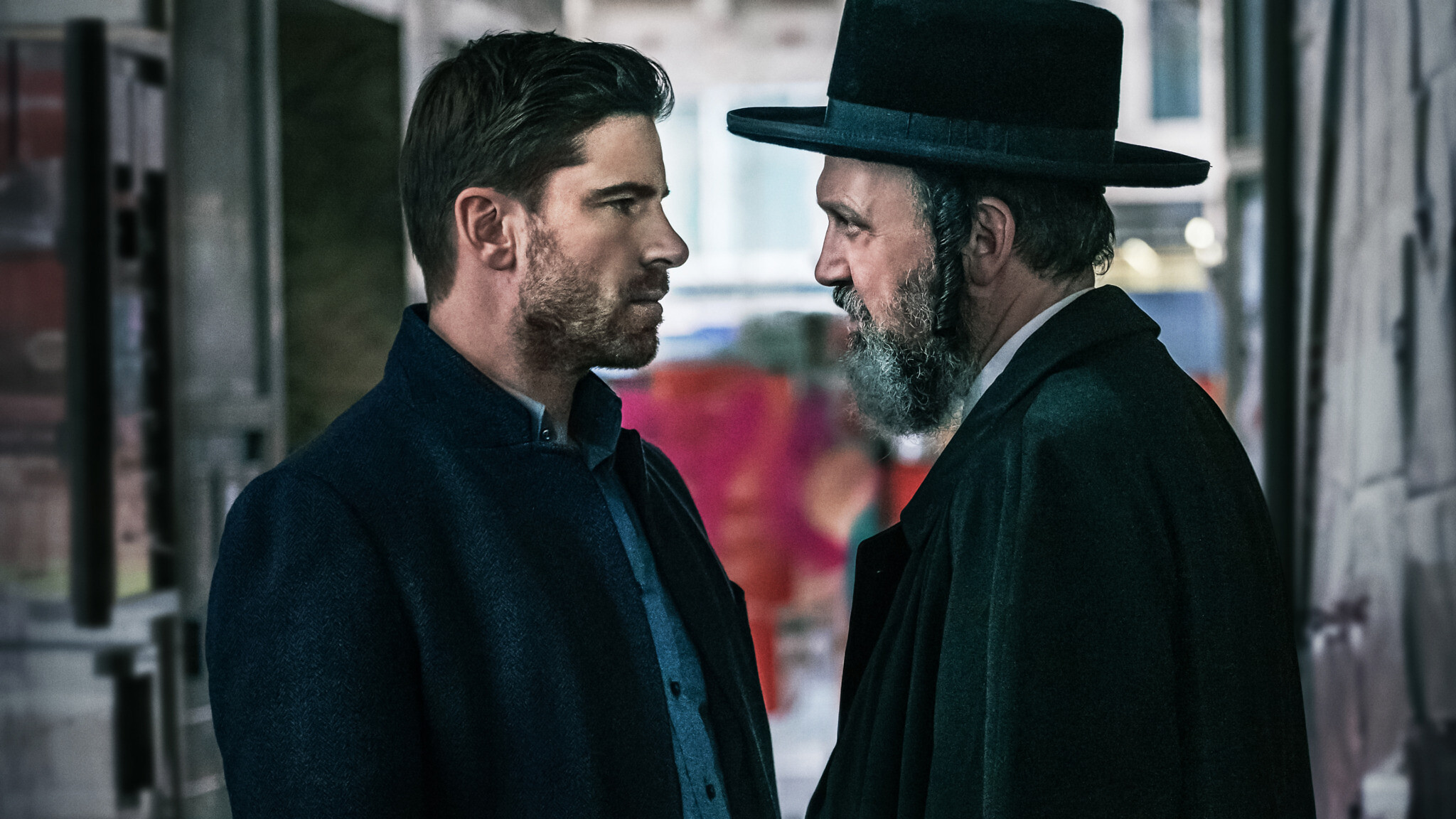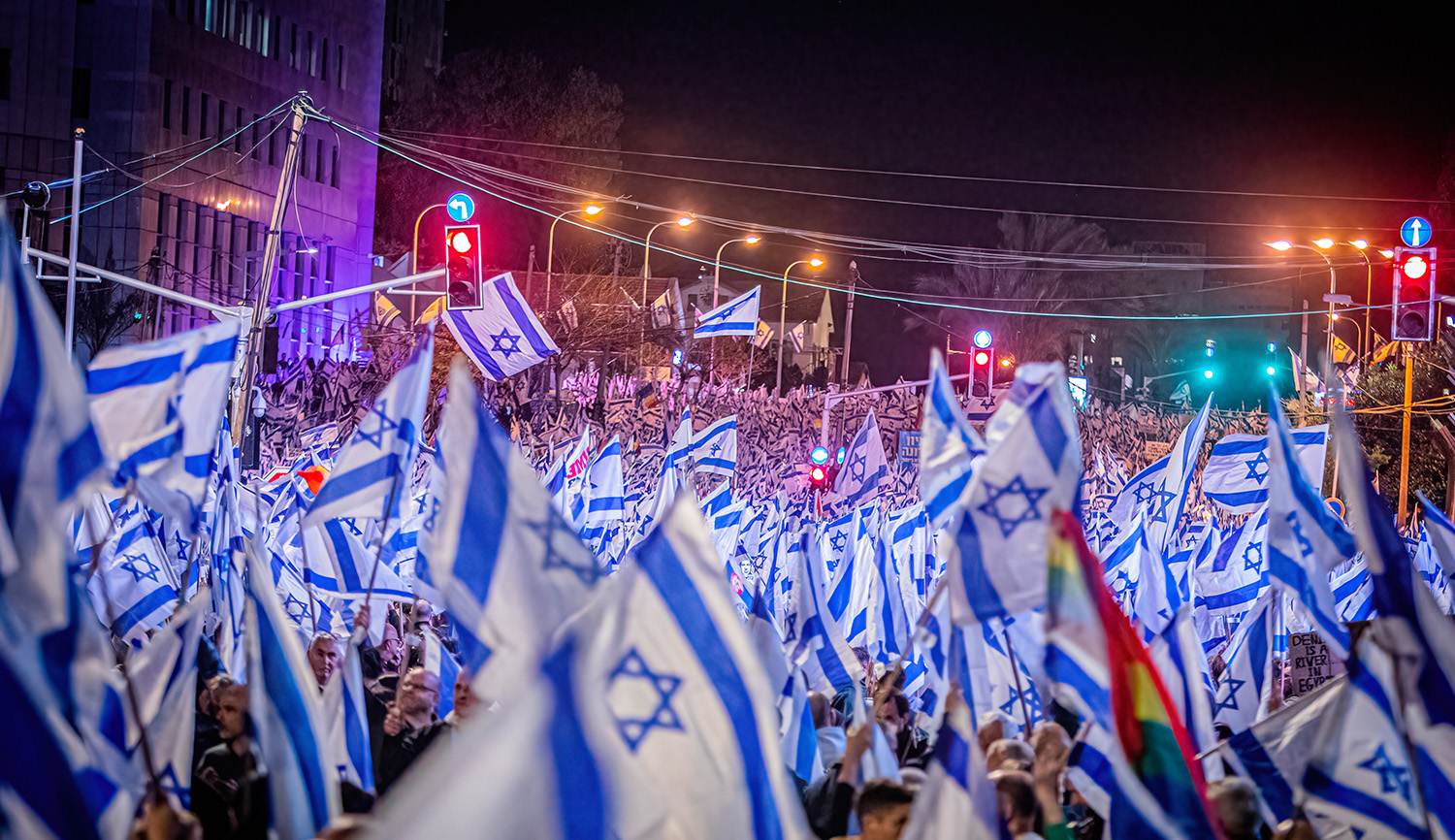Beginning this evening, the Manhattan Jewish Community Center is hosting its Other Israel film festival. Featured movies include Boycott, described as an “inspiring tale of everyday Americans” engaged in “legal battles that expose an attack on freedom of speech across 33 states in America”—namely, legislation that prevents states from doing business with entities that discriminate against and boycott Israel. Another film featured at the festival is about smugglers who help Palestinians evade Israeli soldiers, while a third film focuses on Mizraḥim who were “denied their right to a better life in Israel” by the Israeli government.
At the festival’s opening night, there will be a screening of the documentary Tantura, directed by Alon Schwartz, which investigates allegations of a massacre perpetrated by the Haganah during the 1948 war. But like the “massacre” at Lydda, or the more famous one at Deir Yassin, it’s unlikely this atrocity ever took place. The distinguished historian Benny Morris sets forth the evidence:
In both [a recent article published in Haaretz] and the film, Schwarz maintains that Israeli forces, specifically the 33rd Battalion of the Alexandroni Brigade, perpetrated a large massacre against the inhabitants of Tantura immediately after they captured the seaside village on May 23, 1948. The film is based on the allegations made by Teddy Katz in his master’s thesis, submitted to the University of Haifa in 1998. . . . Katz is the film’s hero and chief narrator.
Schwarz maintains in the article that his film is based on Katz’s paper and on “documents, military aerial photographs, and other archival materials.” This is just another crude lie, which points precisely at the central historiographic problem with Katz’s thesis and Schwarz’s film: there is no written evidence from 1948—not in Israeli archives, not in United Nations’ archives, and not in the archives of the Red Cross or the Western powers—that describes or even mentions a big massacre at Tantura. Katz and Schwarz base the “big massacre” thesis entirely on interviews with Arabs and Jews who “remembered” or claimed that they remembered it 40 years after the event.
Particularly damning is the absence of reports on this supposed outrage from contemporaneous Palestinian sources. Radio Ramallah, for instance, reported on the Israeli victory at Tantura, but said nothing about a massacre.
It’s noteworthy that a memorandum of the Arab Higher Committee, titled “The Atrocities of the Jews,” which was sent to the UN in early July 1948, makes no mention of Tantura—another puzzling omission if a large-scale massacre had recently taken place there. It’s worth noting that Palestinian historiography in the decades after 1948 also did not mention a massacre at Tantura. The book deemed the Nakba bible, the six-volume al-Nakba published between1956 and 1960 by the chronicler Aref al-Aref, does not mention a massacre at Tantura.
More about: Film, Israeli history, Israeli War of Independence, JCC


